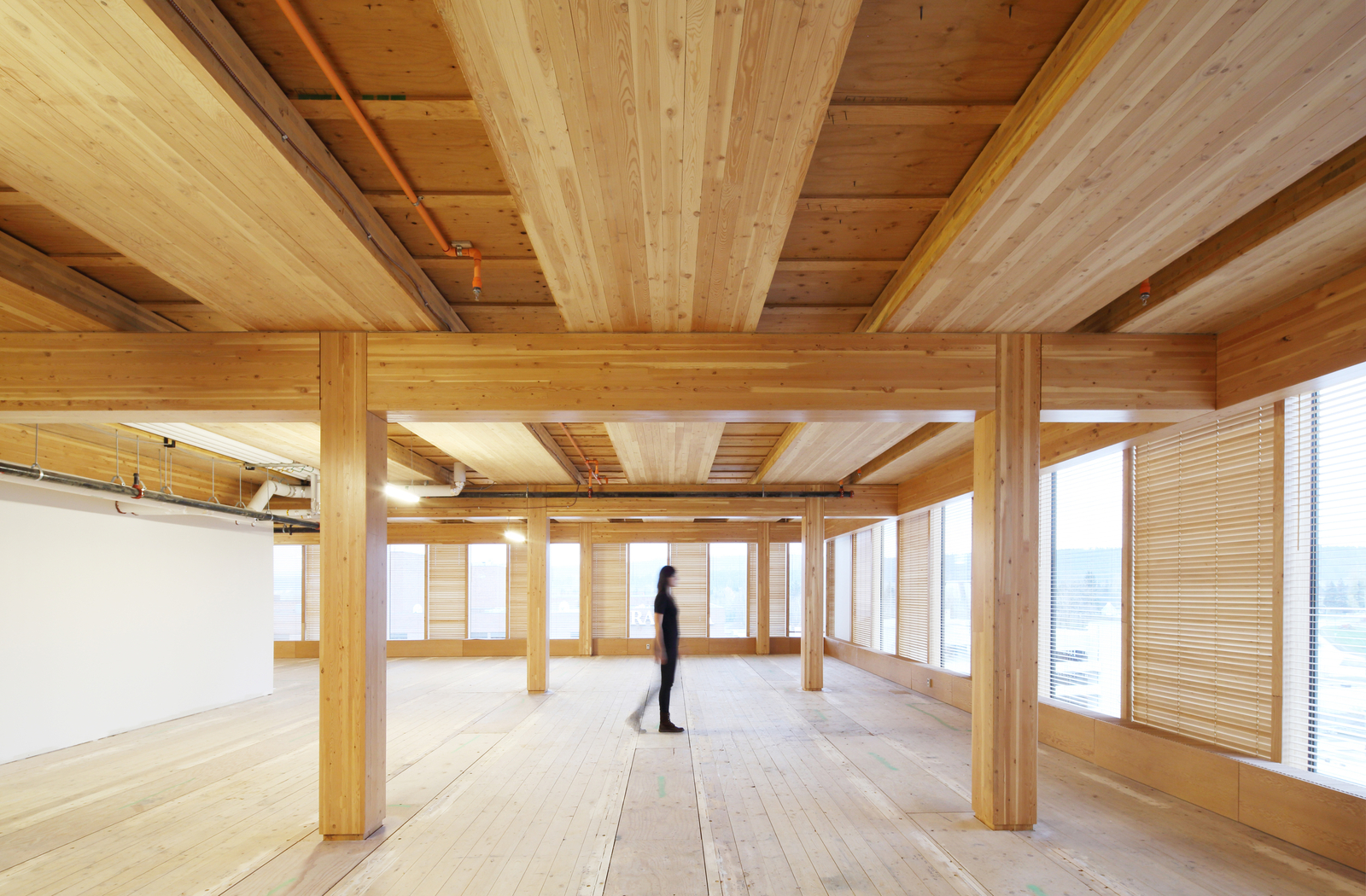outoftheice
Active Member
Are there any provinces that allow 8 story wood-framed buildings? Was thinking that perhaps it's time for Alberta to approve those as a way to boost construction as Kensington is proof that 8 stories can fit well on a neighbourhood mainstreet as well as within the downtown core.

